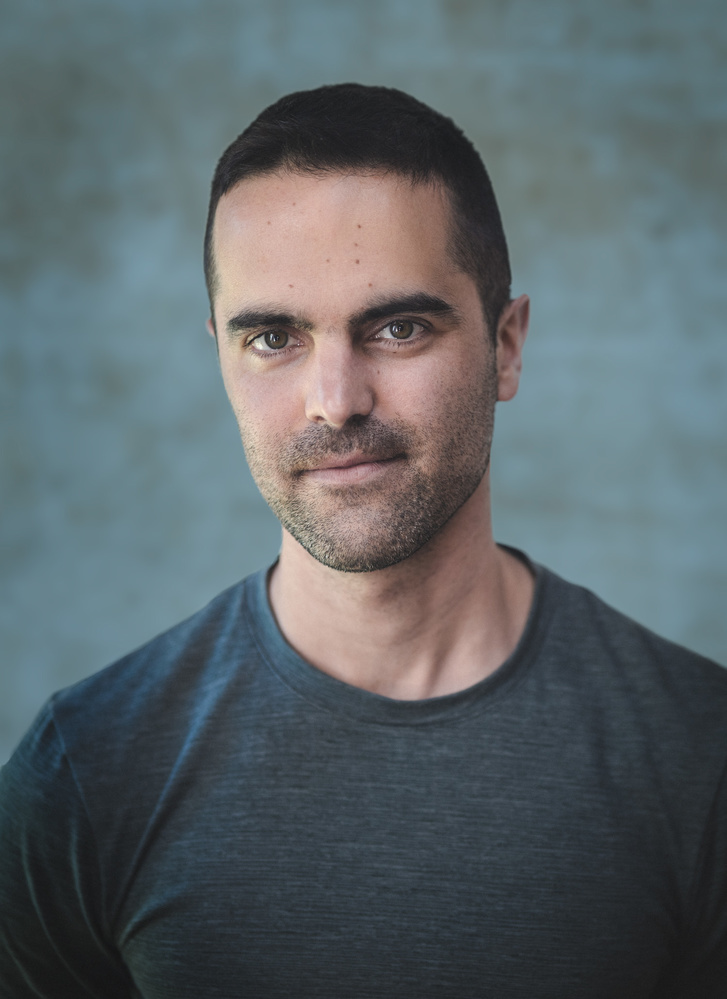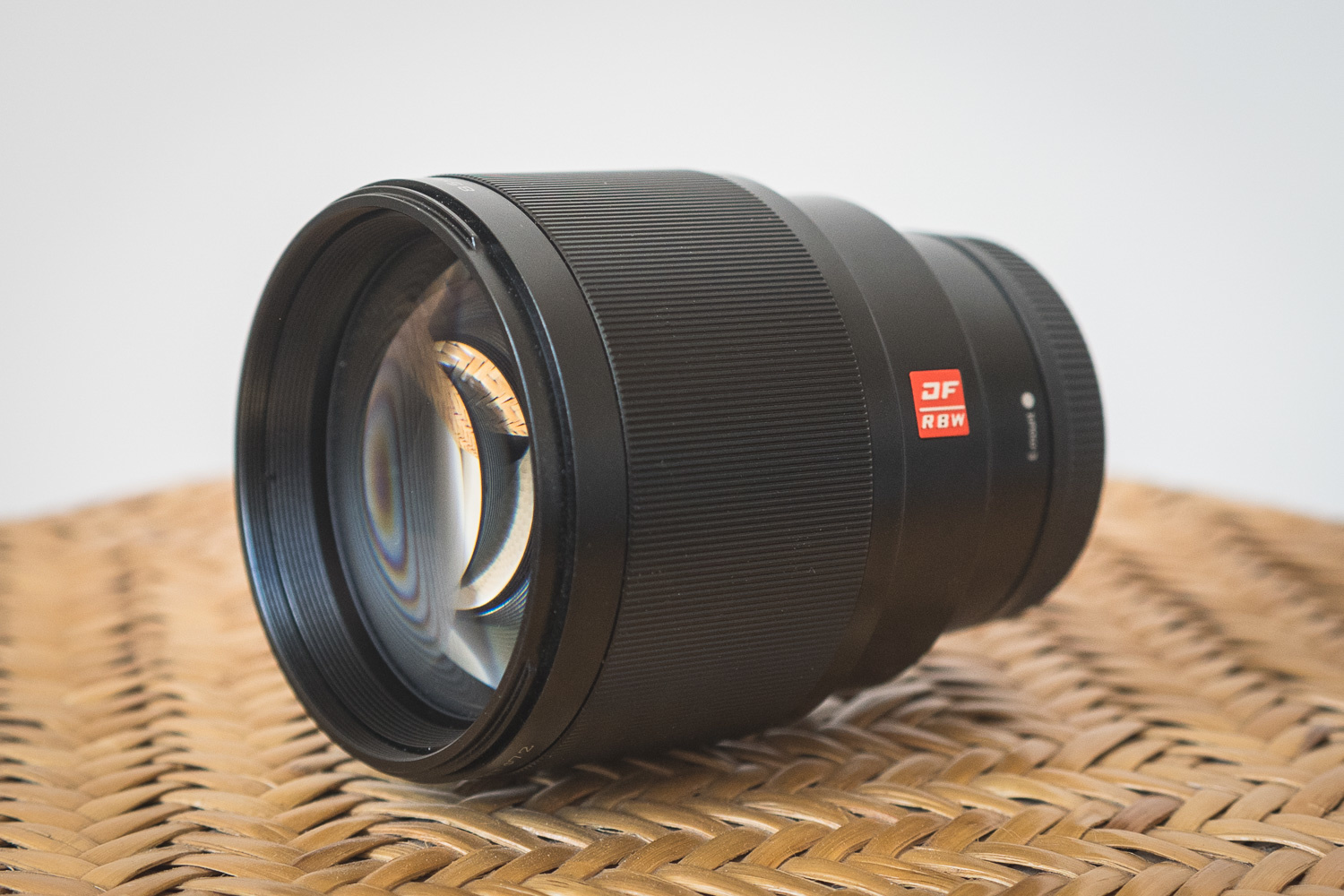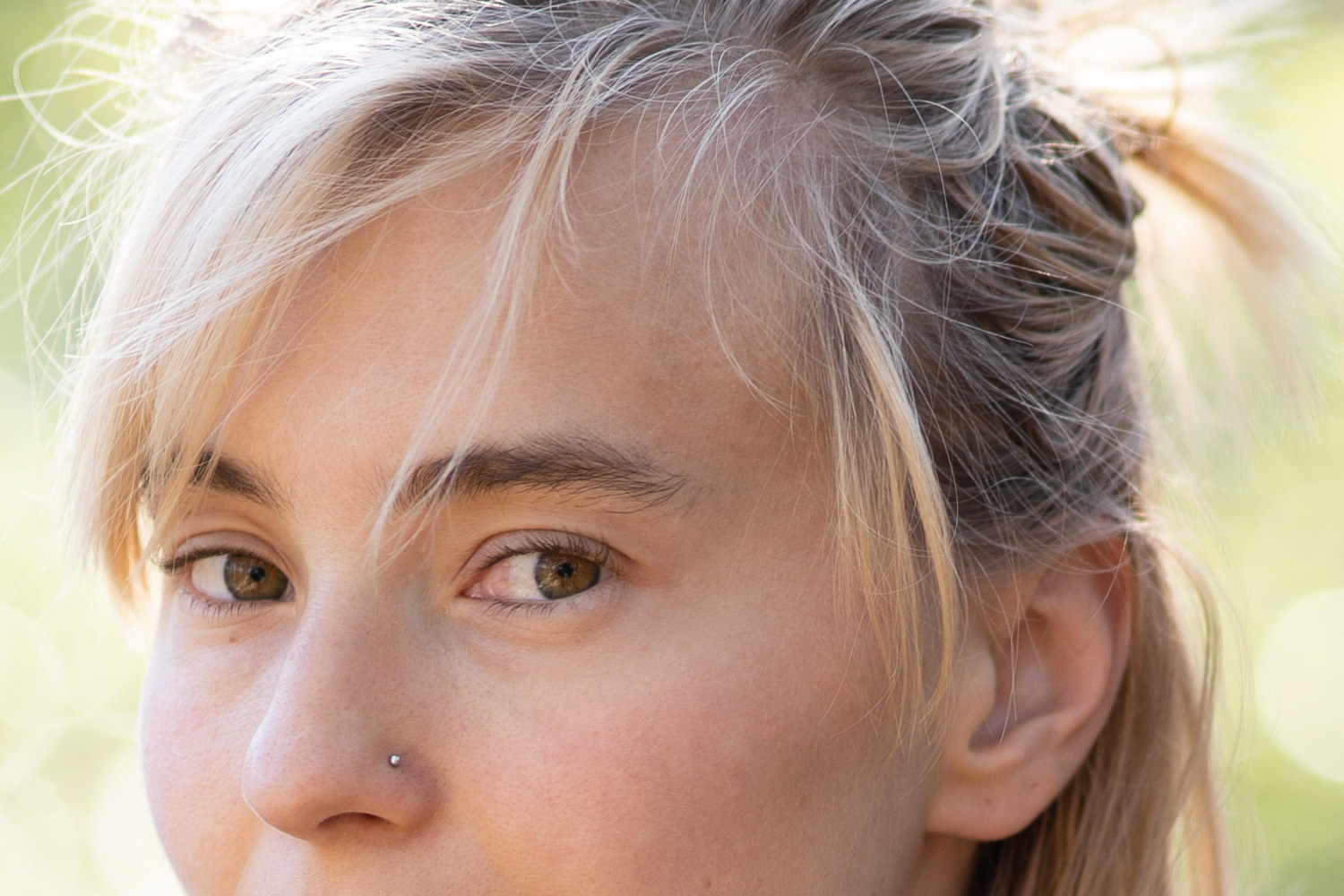Going head-to-head with one of Sony’s best value lenses is a tough proposition, but Viltrox is taking it on with the 85mm f/1.8 FE STM II. This updated version is starting to appear on shelves and at just $400, it’s a very appealing prospect for those on a budget, especially when you consider that it might one day magically morph into an f/1.6 lens.
Sony doesn’t make a wealth of affordable glass but both the 35mm f/1.8 and 85mm f/1.8 are both fantastic lenses, with the 85mm probably just edging it in terms of value. This Sony lens is a very solid performer, giving excellent sharpness, weather sealing, and the inclusion of a customizable button.
To take on such a well-regarded lens means producing something that’s either truly exceptional in some regard or significantly cheaper. Viltrox has opted for the latter, and the result is a lens that adds some weight and trims a few features, all while maintaining superb image quality. Viltrox sent me this lens to test a month ago and I've been putting it through its paces.
Specifications
Where they differ, I’ve included the Sony 85mm f/1.8 details in square brackets:
- Minimum and Maximum Aperture: f/1.8 to f/16
- Minimum Focus Distance: 2.62’ / 80 cm
- Maximum Magnification: 0.13x
- Macro Reproduction Ratio: 1:8
- Optical Design: 10 Elements in 7 Groups [9 Elements in 8 Groups]
- Diaphragm Blades: 9, Rounded
- Focus Type: Autofocus
- Image Stabilization: No
- Weather sealing: No [Yes]
- Front filter Size: 72 mm [67mm]
- Diameter: 3.15 in / 80 mm [3.07 in / 78 mm]
- Length: 3.62 in / 92 mm [3.23 in / 82 mm]
- Weight:16.96 oz / 484 g [13.09 oz / 371 g]
- Price: $399 [$599]
While Samyang opted to produce a unfathomably tiny 75mm f/1.8 (check out the review here) in order to differentiate itself from the Sony 85mm f/1.8, the Viltrox is both bigger and heavier. There’s an extra 4 ounces over the Sony as a result of being longer and noticeably fatter, though this mark II version is a little smaller than its predecessor. The original version of the Viltrox was 5 ounces (150 g) heavier, with the mark II seemingly intent on making itself a better comparison to the Sony.
The Viltrox lens certainly has a solid construction, though its metal build does lack the weather sealing of the Sony. There’s no gasket surrounding the bayonet, and is perhaps even more vulnerable to moisture by virtue of the micro-USB port that allows easy firmware updates. More on this later.
In keeping with budget lenses, there is no customizable button on the lens barrel, and no autofocus toggle switch either. The focusing ring is huge — to the point that mounting the lens is a little awkward at first — and incredibly smooth. One of the few complaints is that the lens hood is not the highest quality and is fiddly to fit, and I’ve often given up on inverting the lens hood for stowing as it’s proven too tricky.

I'm quite impressed with the bokeh on such an affordable lens. The balls take on an asymmetrical shape towards the edge of the frame, but it doesn't feel out of place to me.
Unlike the double linear motor found in the Sony 85mm, the Viltrox features a focus-by-wire stepper motor (hence the "STM" in the lens’s full title). As a result, the lens probably won’t be as quick as the Sony version, but from my testing, it’s definitely not sluggish. Tracking was solid, it didn’t seem to want to hunt, and low contrast and low light situations didn’t prove to be unexpectedly problematic.
What’s perhaps most impressive with this lens is the sharpness it delivers at such a competitive price. In the past, third party lenses were upsettingly soft wide open; this is no longer the case, and the Viltrox 85mm continues this modern trend. Not so long ago you bought an f/1.4 lens so that the images you shot at f/1.8 were nice and sharp. No more, and the extent to which even third party glass gives you the option to shoot crisp images at fast apertures is a reminder of how much things have improved.
To my eye, center sharpness at f/1.8 is good, improving as you stop down. The corners are a touch smudgy wide open, as you might expect, improving dramatically as you close down to f/2.5, and matching the center at f/3.2. Vignetting is not particularly strong.

Corner sharpness comparison: f/1.8 on left, f/3.2 on right.

200%
So f/1.6?
A few months ago, owners of the original version of the Viltrox 85mm f/1.8 suddenly discovered that an unofficial firmware update offered the possibility to upgrade the lens from f/1.8 to f/1.6. The micro USB port on the bayonet means that the firmware can easily be updated by plugging the lens into a computer and dragging a dropping a file. The extra aperture can then be achieved after recalibrating the lens by switching to manual focus, setting an aperture of f/4.5, and turning the focusing ring 4 times (as detailed here).
This is both odd and exciting at the same time as many photographers will be intrigued by an autofocus f/1.6 lens that's only $400. When asked, Viltrox said that it has no plans to release an official firmware update to bring this extra aperture to the mark II version, but given that the other firmware wasn't official either, perhaps something will appear. One indication not to be too optimistic is that the mark II is slightly smaller than its predecessor and that compromise on space might render f/1.6 impossible. We wait to find out.
Conclusion

Having recently done a series of his tutorials, I hope Chris Orwig is proud of me. Headshots are new territory.
In short, if you spring for the Viltrox, you won't be disappointed; there's a ton of bokeh to be had for not very much money, and the sharpness and contrast make it a welcome addition to the line up of lenses available for Sony shooters.
What I Liked
- Very affordable
- Sharp
- Excellent bokeh and image quality
What I Didn't Like
- Autofocus could be slightly quicker
- Bigger and heavier than its competitors
- Lens hood felt a bit cheap and fiddly
- No weather sealing
-
If you're passionate about taking your photography to the next level but aren't sure where to dive in, check out the Well-Rounded Photographer tutorial where you can learn eight different genres of photography in one place. If you purchase it now, or any of our other tutorials, you can save a 15% by using "ARTICLE" at checkout.





















Sounds like a very solid 85mm lens at an affordable price point. And the autofocus is actually faster than the highly lauded 85mm f1.4 GM which makes this a no brainer if your budget does not fit the Sony.
Owning the Mark 1 version now a while, I don't regret buying it. The M1 is a heavy tank, so the lighter M2 seems a nice step ahead (I updated my M1 to ƒ1.6, but I wouldn't call this a selling point, I would rather opt for the lighter M2 nowadays)
With regards to affordable lenses, as a hobby shooter I am very happy with the Samyang 35/1.4, the Samyang 50/1.4 (over the Sony 50/1.8), the Viltrox 85/1.8 and the Tamron 28-75/2.8.
Well you did write off an entire country (which is far from perfect I agree) so I guess that is OK then.
And no, I am neither middle aged or a redneck. I am old, and liberal.